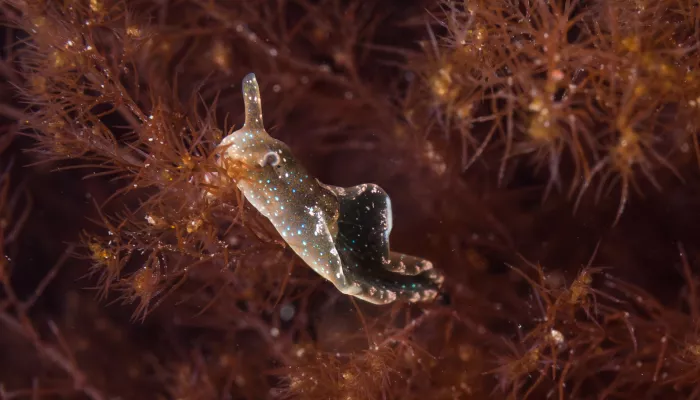Better protections for our seas will mean more wildlife, and that helps everyone.Sherece Thompson, Coastal and Marine Ecologist for Kent Wildlife Trust
As an island nation, the UK has 17,800 km of windswept coastlines that are never more than 80 miles from any location. National Marine Week events include:

